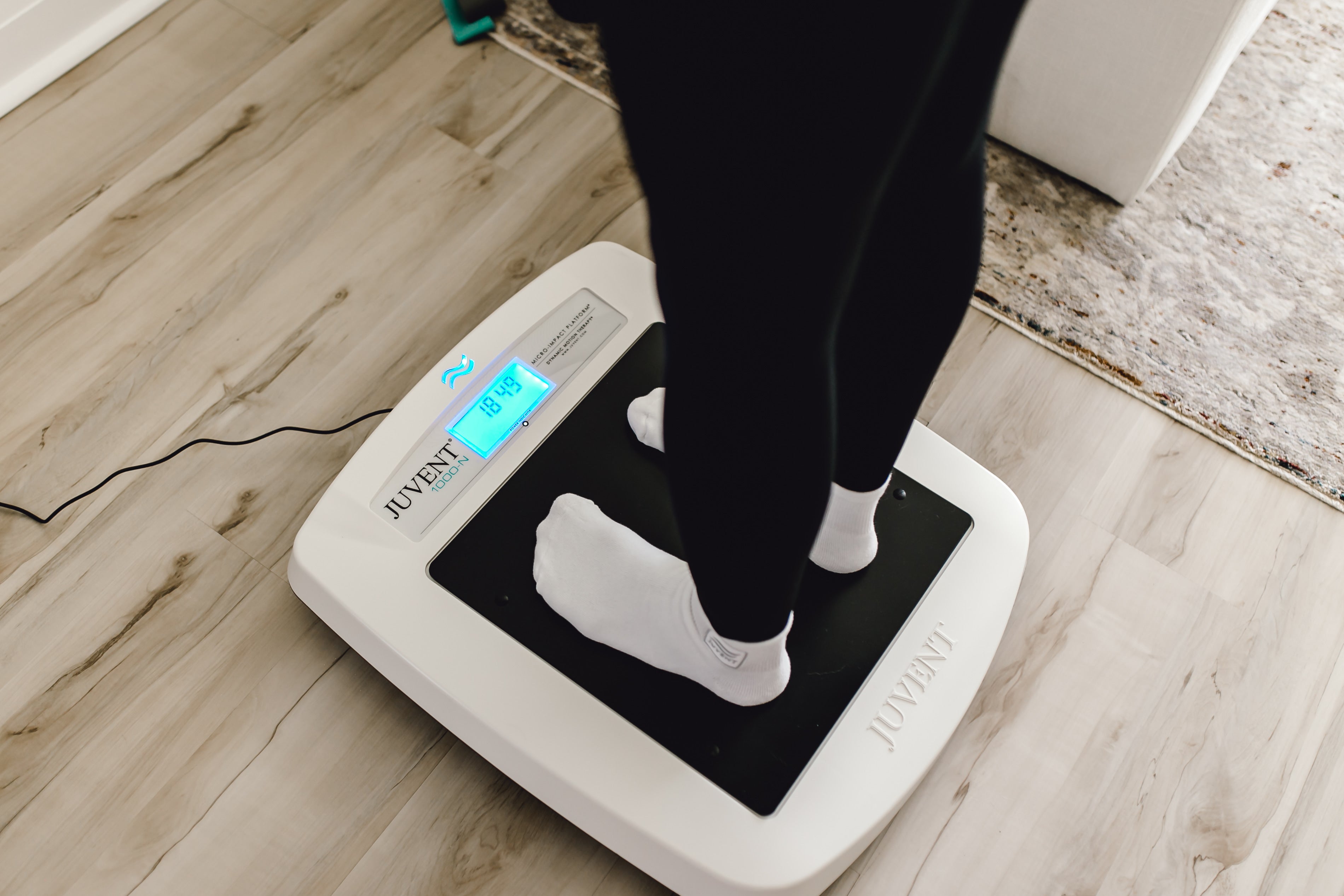Sports keep us active, allow us to socialize, and, for those with a competitive spirit, provide a chance to best others. Engaging in sports is an excellent way to stay active, build strength, and improve overall well-being. However, whether you play indoors or outdoors, each environment presents unique risks. Awareness of these risks can help athletes take preventative measures to stay safe while maximizing performance.
Different Risks for Indoor and Outdoor Sports
Risk Management in Sports: Preventing Issues to Enjoy the Event
Risk management in sports involves identifying potential hazards and taking proactive steps to prevent injuries. This includes proper training, using appropriate gear, and adopting techniques that minimize strain on the joints and muscles. A well-rounded approach to risk management also incorporates warm-ups, recovery methods, and injury prevention strategies tailored to the sport being played. For outdoor settings, risks include exposure to extreme temperatures, weather events, and even pests like mosquitoes.
Indoor vs. Outdoor Sports: Understanding the Differences in Risk
Indoor and outdoor sports come with distinct risks due to variations in playing surfaces, weather conditions, and space constraints. Indoor sports, such as basketball and volleyball, are often played on hard, polished surfaces that can increase the likelihood of impact-related injuries. Sports like gymnastics include movements that can become catastrophic if a mistake happens. Outdoor sports, such as soccer, running, and cycling, expose athletes to additional variables such as weather, terrain, and environmental obstacles.
What Are the Main Injuries in Indoor Sports?
Some of the most common indoor sports injuries include:
- Ankle sprains and strains from quick directional changes.
- Knee injuries due to repetitive jumping and landing on hard flooring.
- Wrist and hand injuries from falls or accidental collisions.
- Muscle overuse injuries from continuous, high-intensity play.
- While indoor environments eliminate concerns like extreme weather conditions, they can contribute to overheating and dehydration due to poor ventilation.
What Injuries Are Common in Outdoor Sports?
Common outdoor sports injuries include:
- Heat exhaustion and dehydration from prolonged sun exposure.
- Slips and falls due to uneven or wet surfaces.
- Impact injuries from contact sports or accidental collisions with environmental elements like goalposts or trees.
- Joint pain and inflammation from running on hard pavement or uneven ground.
High-Risk Sports List:
Some sports pose a greater risk of injury than others. This can be indoor or outdoor sports, due to the nature of movements, the equipment used, or the speed at which the movements are performed. Of the most common sports people participate in, the most dangerous can include:
- Football and Rugby: High-impact collisions increase the risk of concussions and fractures.
- Basketball: Frequent jumping and quick changes in direction lead to ankle and knee injuries.
- Gymnastics: The combination of flexibility, strength, and high-impact movements makes athletes susceptible to sprains and fractures.
- Soccer: Running, jumping, and player contact contribute to knee and foot injuries.
- Cycling: Falls and collisions can result in fractures and head injuries due to the high speeds, especially downhill.
Preventing Injuries: Relying on Proper Preparation and Recovery
Always consider the environment. Be prepared to dress properly, hydrate effectively, and check equipment for stability. Regardless of your preference for indoor sports vs. outdoor sports, injury prevention starts with proper warm-ups, stretching, and strengthening exercises. It’s not just the day of the event that is important but the weeks and months of training leading up to matches or games. Recovery methods from training and events are equally important to prevent long-term damage and enhance athletic performance. No matter the sport, focus on proper mobility, holistic nutrition, and tools to reduce the risk of injury while optimizing recovery. This can be as simple as Juvent’s Micro-Impact Platform®, which uses tailored frequencies to help enhance warm-ups by stimulating circulation and preparing joints for movement. It also improves muscle recovery by promoting blood flow and reducing inflammation. Athletes report it helps them safely prepare for their sport and recover more efficiently, reducing the likelihood of long-term joint and muscle issues.
Enjoy Sports With Lower Risk
Both indoor and outdoor sports come with unique risks that require injury prevention strategies. Knowing your risks, using the right equipment, and ensuring your body recovers from training can help athletes stay active and injury-free. Whether you’re playing on the court, the field, or the track, you need to take proactive steps in risk management so you can perform your best while keeping your body strong and healthy.
FDA Disclosure
In the US, the Juvent device is considered investigational for the treatment of osteoporosis or improvement/maintenance of bone mineral density and our claims have not been reviewed or cleared by the FDA to treat any disease or condition. (2) Calculated over the 20+ year expected life of a Juvent. The JUVENT® Micro-Impact Platform® is Registered as a Class I medical device for exercise and rehabilitation. JUVENT products are covered by the following issued patents, pending patents and their foreign equivalents: 6,843,776 6,884,2277,094211 7,207,954 7,207,955 7,985,191 8,114,036 11/369,611 11/486,538. Juvent, Dynamic Motion Therapy, Micro-Impact Platform, and the symbol are Registered trademarks of Regenerative Technologies Corporation.




Share:
What Are the Most Common Post-Menopause Symptoms?
Who Is Prone to Edema and Why?